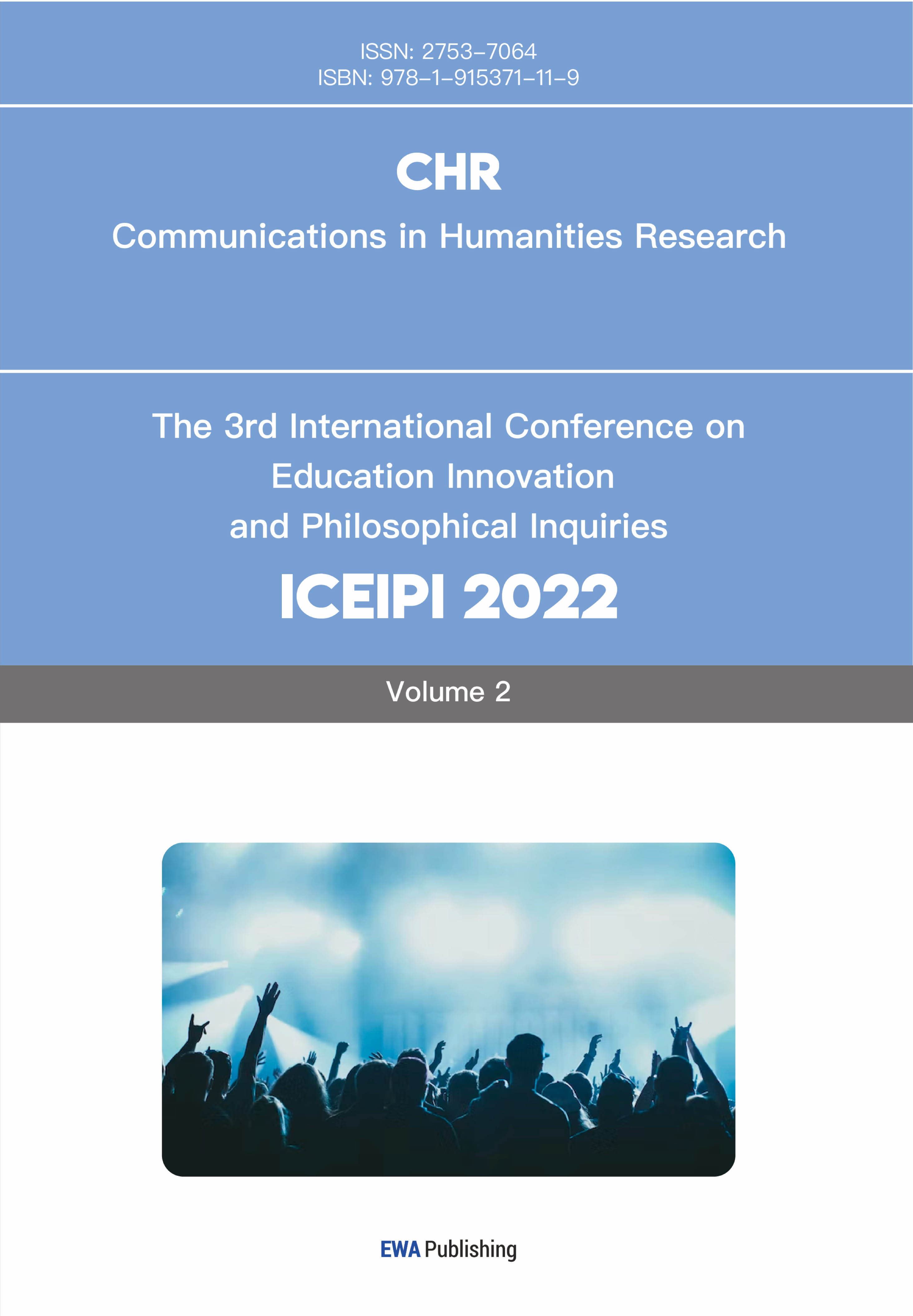References
[1]. Granados, N. F., & Zwagerman, A. (2020). The MEDIA Report: Media & Entertainment Data In America 2015 to 2020 – COVID-Adjusted Industry Landscape (Working Paper No. GCAR-A009). Pepperdine University, Institute for Entertainment, Media, Sports, and Culture. https: //doi.org/10.5281/zenodo.55755
[2]. Chan-Olmsted, S., & Wang, R. (2020). Understanding podcast users: Consumption motives and behaviors. New Media & Society, 24(3), 684–704. https: //doi.org/10.1177/1461444820963776
[3]. Gao, Y. (2024). Film as a form of cultural medium: Trends of the film industry. WEP Warwick Evans Publishing Transactions on Social Science, Education and Humanities Research, 11, 367–373. https: //doi.org/10.5281/zenodo.55755
[4]. Al-Quran, M. W. M. (2022). Traditional media versus social media: Challenges and opportunities. Technium Social Sciences Journal, 4(10), 145–160. ISSN: 2668-778X.
[5]. Doyle, G. (2017). Digitisation and changing windowing strategies in the television industry: Negotiating new windows on the world. CREATe Working Paper Series. https: //doi.org/10.5281/zenodo.55755
[6]. Firth, E. (2024). TikTok as Television: Navigating Algorithmic Entertainment in the Platform Era. Sapienza Università di Roma.
[7]. Caliskan, A. (2021). Digital transformation of traditional marketing business model in new industry era. Journal of Enterprise Information Management, 34(4), 1252–1273. https: //doi.org/10.1108/JEIM-02-2020-0084
[8]. Flew, T., Ren, X., & Wang, Y. (2019). Creative industries in China: The digital turn. In A Research Agenda for Creative Industries (pp. 164–178). Edward Elgar Publishing.
[9]. De Ritis, A., & Si, S. (2017). Media and entertainment industry: The world and China. Global Media and China, 1(4), 273–277. https: //doi.org/10.1177/2059436417695684



